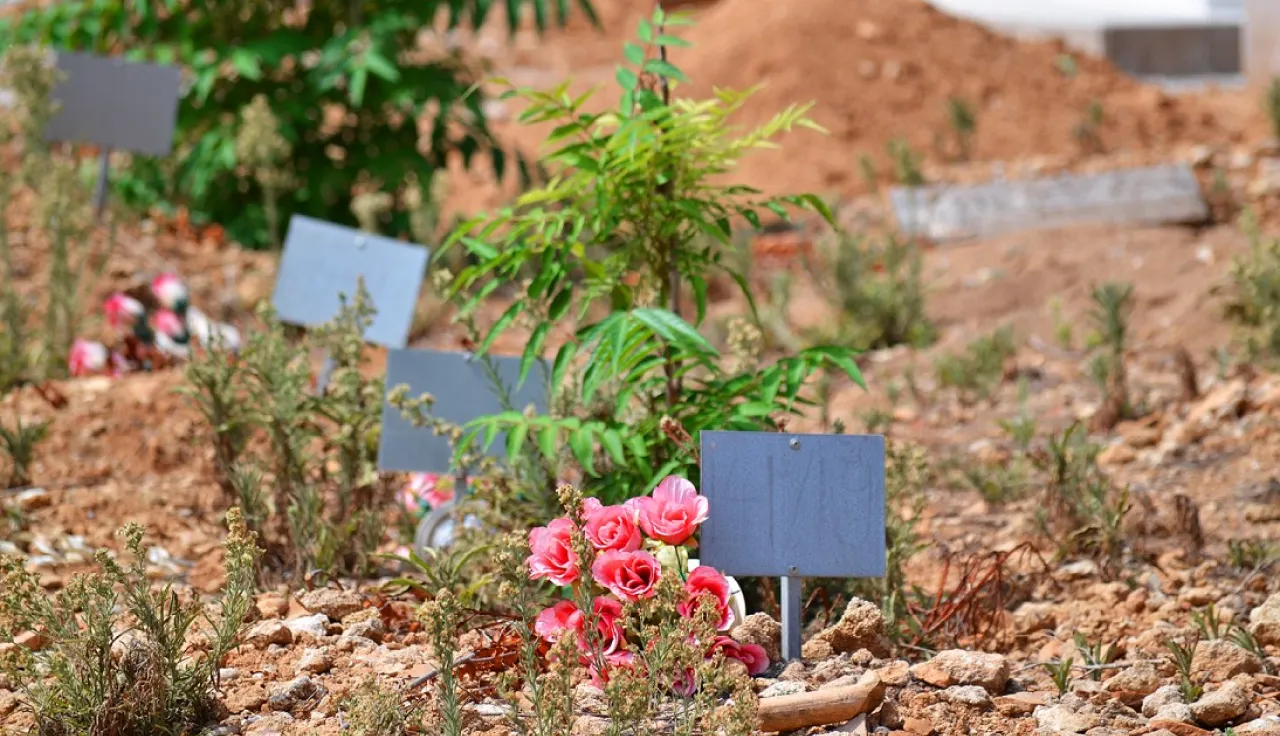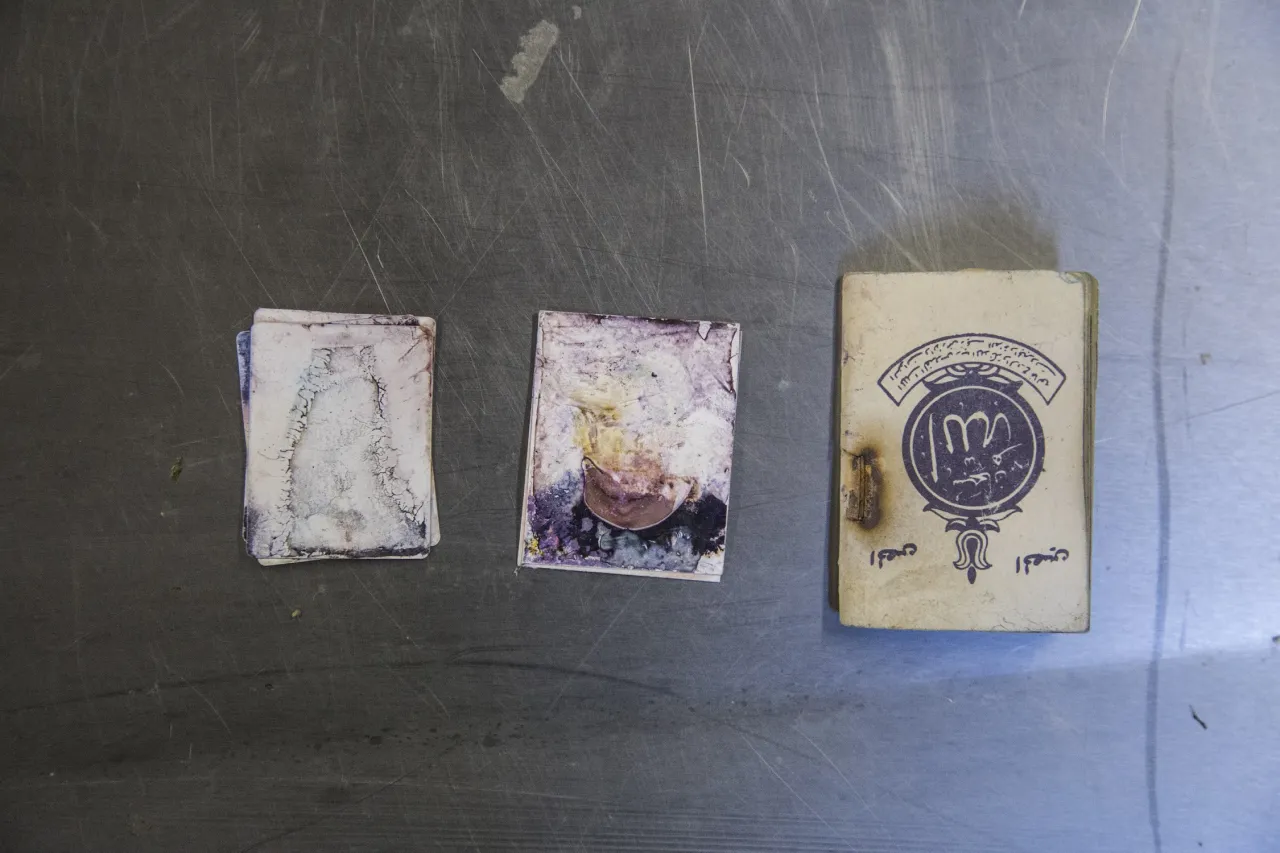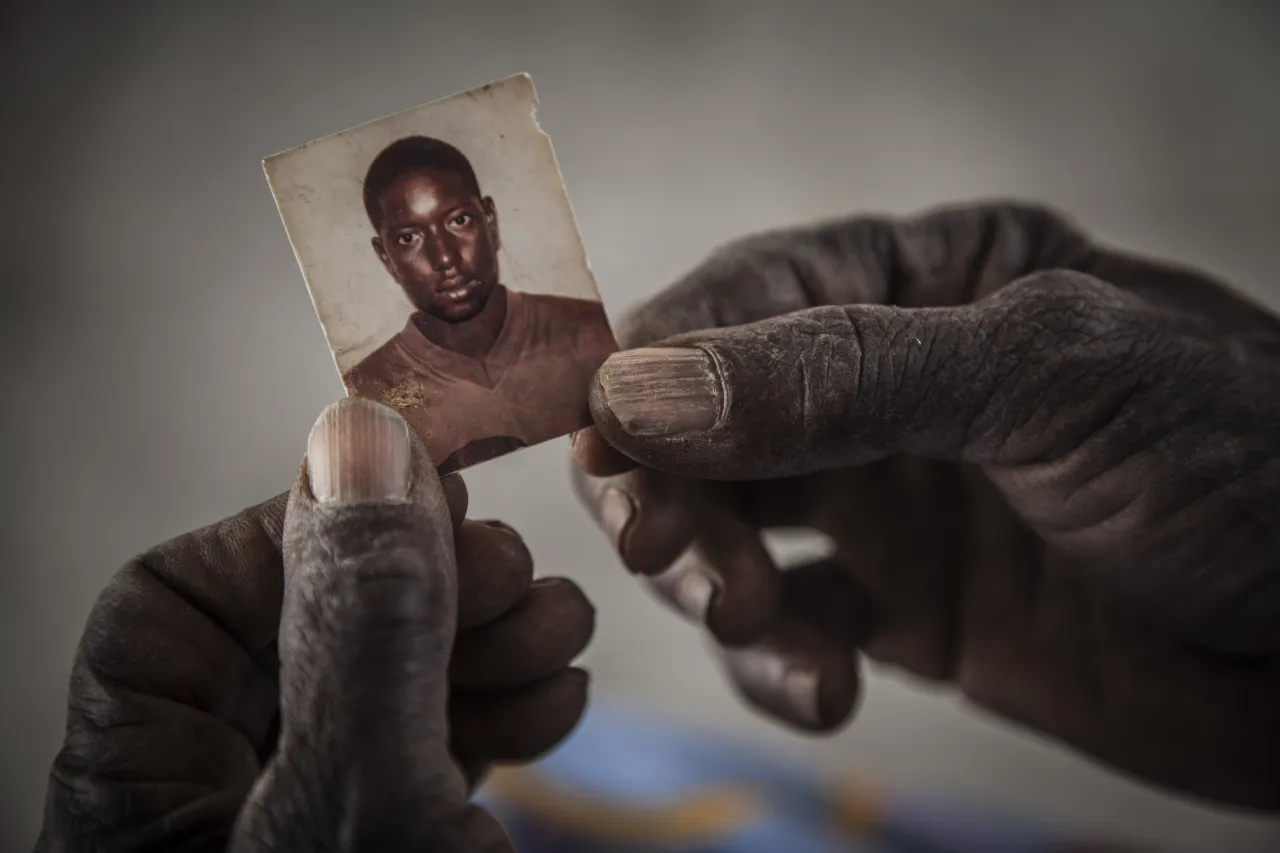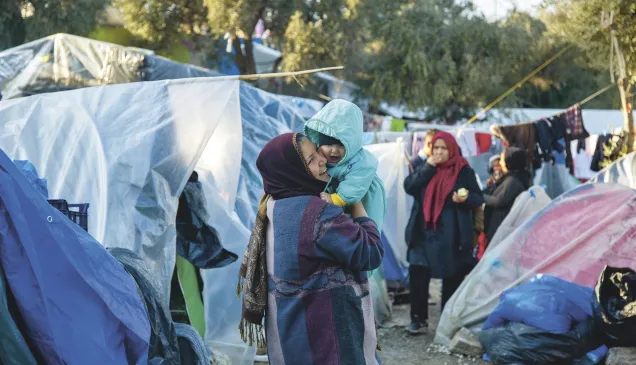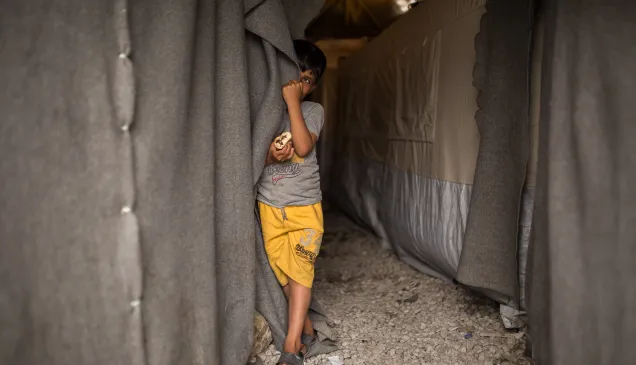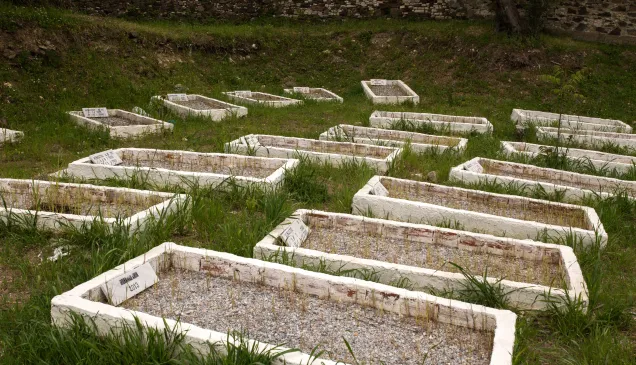The report analyses changes to the migration routes, the impact of the COVID-19 pandemic and the increase of so-called ghost shipwrecks, and also makes recommendations to states and other organizations on how to identify dead migrants and provide information to their families more effectively.
This report is an updated version of the original Counting the Dead report, published in 2022, which covered the period from 2014 to 2019. The new report covers 2020 to 2021 and focuses on four countries (Spain, Greece, Italy and Malta), examining the number of recorded migrant deaths, calculating how many of these migrants were identified and looking into how human remains were managed.
Counting the Dead - Update 2020-2021
Changing migration routes
If we compare this report with the previous one, we can see how the different migration routes have changed.
Between 2014 and 2019, only 10% of the people that the IOM reported as having gone missing or died on the Central Mediterranean route were found dead on Europe's southern borders. Between 2020 and 2021, that figure reduced to just 2%. Although some bodies were found in Tunisia, it is plausible that the bodies of many missing migrants are lying at the bottom of the Mediterranean Sea.
The other major change is a surge in the number of migrants taking the treacherous route from West Africa to the Canary Islands, and with that, an increase in the number of missing people. According to the IOM, 526 people went missing or died along this route between 2014 and 2019. Between 2020 and 2021, that figure increased to 2,003 people. Although the percentage of bodies found in the Canary Islands has increased – from 2% to 7% – there are nonetheless more people drowning on this route than a decade ago.
Between 2020 and 2021, the land route that leads to the north of Greece regained popularity with migrants, as border controls tightened across the Aegean Sea.
The COVID-19 pandemic and ghost ships
The COVID-19 pandemic had an effect on migration and on how authorities managed human remains. Travel restrictions in the countries of departure meant fewer people were migrating and crossings differed. The crossings that did occur were less organized and, crucially, took place on smaller, less sturdy boats. Also, during this period, NGOs' capacities to rescue migrants crossing the Mediterranean diminished. These factors explain why ghost ships increased and more people died at sea. Despite the fact that migrants on these boats were in contact with NGOs and their relatives, the boats disappeared without a trace, leaving behind no known survivors.
The pandemic also had a negative impact on administrative processes, which in turn affected how authorities managed the remains of migrants. For example, in the report, experts mention that burials were rushed, public administrations did not coordinate well when moving bodies and there were delays in remains being identified and returned to families.
Not enough identified bodies
The report highlights an unfortunate statistic: the overall rate of bodies that are identified is low – just 48%. But there are considerable disparities between countries and regions.
Identification rate per country
Spain: 41%
Italy: 8%
Greece: 70%
Malta: 25%
We cannot, however, simply take these figures at face value. In addition to the strength of a country's forensic services, there are several other factors that explain the differences between countries and regions, and the changes that have taken place since the first Counting the Dead report was published. These factors include the routes taken, the type of boats used, the state of shipwrecks and whether there are any survivors, and whether or not families have contact with the authorities.
Spain is a good example of this. The cities of Ceuta and Melilla have very high identification rates of 83% and 68% respectively, but in the Canary Islands – where there is great disparity within the archipelago itself – only 38% of migrant remains were identified. There is a simple explanation for this: in Ceuta and Melilla, that people mainly access by land, migrants' remains and any of their personal belongings are often in a better state than when they are found at sea, and it is easier to collect accounts from survivors and relatives.

